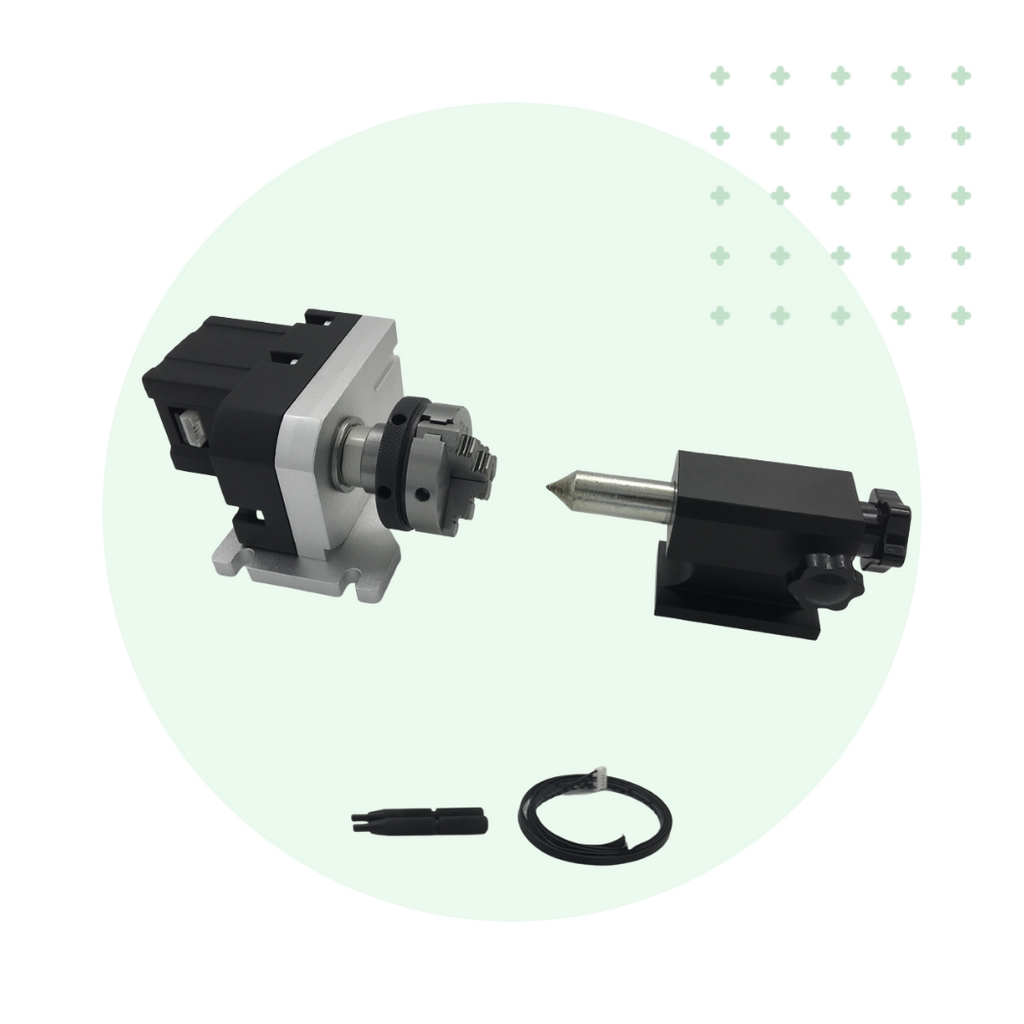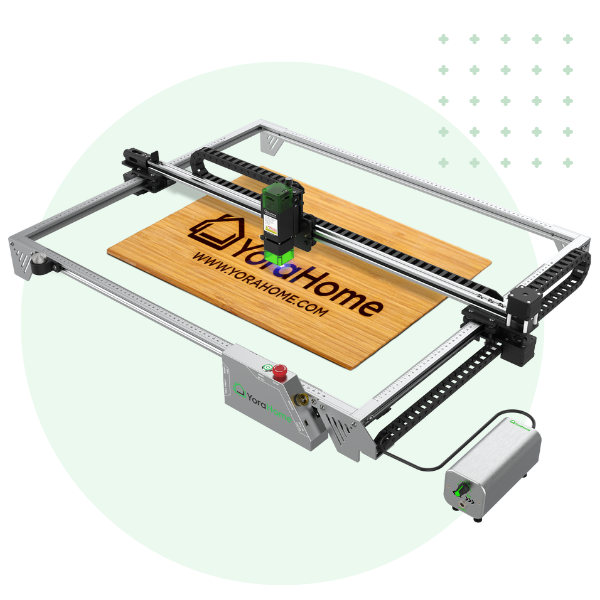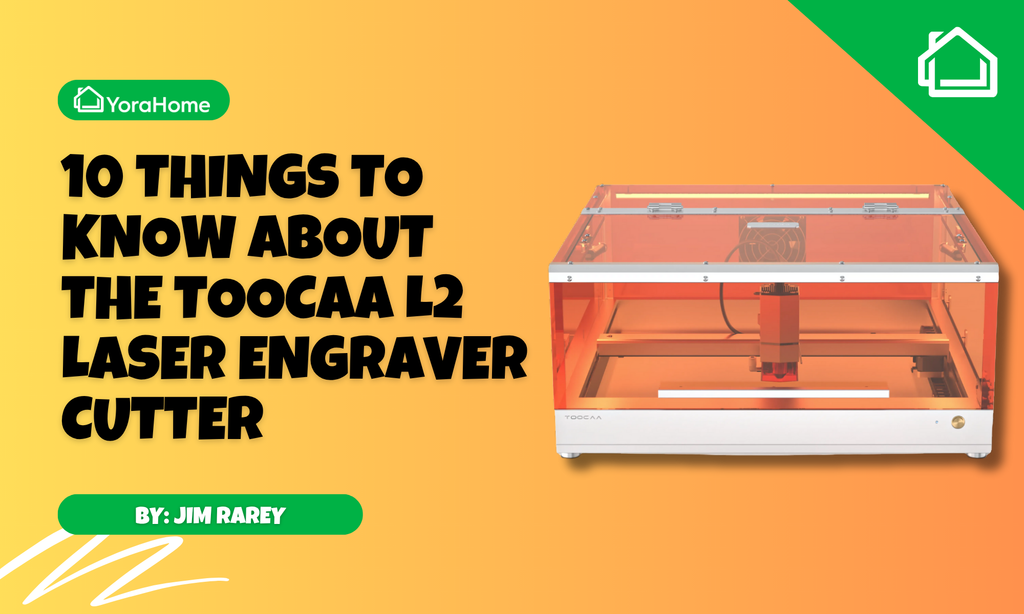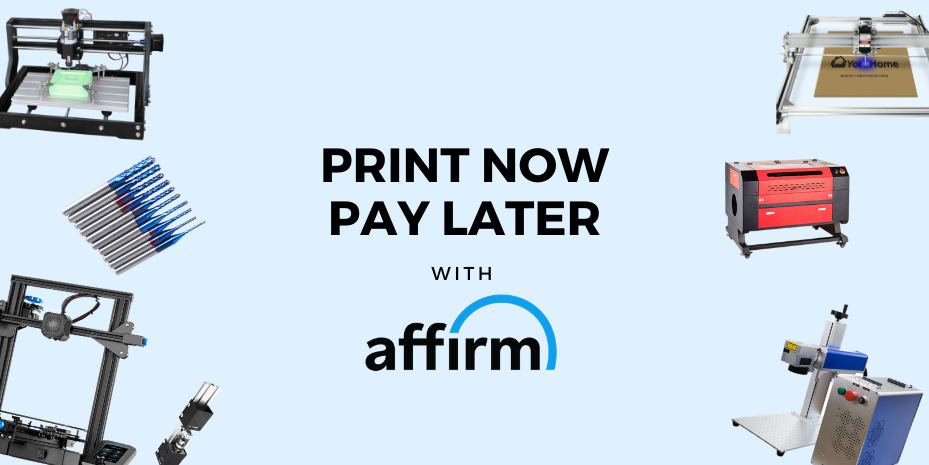How To Laser Engrave Mirrors (The Simplest Way!)

One of the great things about having a YoraHome machine is the ability to work on a variety of materials.
My first machine was YoraHome CNC Carving Machine 3018-Pro and I added a 5.5W Laser Module before too long to make it a YoraHome CNC Carving & Laser Engraving Machine 3018-Pro.
Then, the temptation was too great and I got a YoraHome CNC Laser Engraving Machine 6550 and eventually ended up with 40W Laser Module.
One of the first things I tried when I got my first laser was to laser engrave a mirror. Well, if you’ve read any of my blogs before, you’ll already know I did a lot of winging it, but got some decent results without too much trouble, hahaha oh I wish.
If you have no idea where to start with mirrors, this is just for you, the best advice I can give you and all the little tips I’ve gained over several tries over the months.
First things first, buy cheap mirrors! Expensive mirrors don’t work as well as cheap ones – think pound shop/dollar store type mirrors.
Clean any labels or pads off the back of the mirror and wipe over the back and front with a lens wipe, they’re not just good for cleaning your laser lens.
Place the mirror face down and leave a small gap 3-5 mm between the face of the mirror and your spoil board.
Depending on your laser, set the focus either with the aluminum spacer for a fixed focus laser (15W or 40 w) or set it to approx. 45 mm and adjust as required with the adjustable focus lasers (3.5W or 5.5W).

And here is the really easy bit, since I did the testing for all 4 different YoraHome Laser Modules you have a start point for the settings. My article on the laser engraving settings we recommend will give you a place to start your own tests on whatever mirror you have found to use with your laser.
Just like wood, mirrors can react differently so don’t be surprised if you need to turn up or down a bit from the guide.
One of the best shapes to test with is a heart, as you have curves, angles, and straight bits.

The test numbers suggested Line to Line, 5 Lines/mm, Image Resolution 300DPI, 100 mm/min S-MAX 8% (using a 40 w)

This was a bit light in my opinion, so I tried S-MAX 16% then 20%, it is almost impossible to take a decent photograph of a mirror, but this shows the 3 tries.

Having settled on 20% it was time to try a proper design, and as it's almost time to start counting down to Santa, I chose a Christmas tree.

Once completed from the back, it looked quite good.

When turned over, I remembered what I’d forgotten, as the mirror had been sat right on top of a piece of wood, where it had burnt through it had got rather messy.

And when you look at the piece of wood, you can see why.

So, I had a few different mirrors to try out, different thicknesses and different backings.

The results varied slightly as you can see below:


The lasered surface does need cleaning off. I used dish soap and water, but I have read that Isopropyl alcohol is good too.
Then to just add a bit of “depth” to the design, I got my go-to helper, Shaun to spray the back of the mirrors with white spray paint.

The result was very impressive if I say so myself – perhaps I should have asked for green for the tree though.

But not content with a simple design, it was time to try something a bit different.
Photograph time!
I’ll be honest and say I’ve never had much luck with photographs, I just never seem to get the balance quite right, but practice will make perfect eventually. There are several different software programs around for altering photographs to make them better for lasering. I am lucky enough to have Photoshop but all I did with the photo was convert it to greyscale, then to a bitmap format, and inverted the image.
Perhaps choosing what might be the most iconic photograph ever taken for my example may not have been my finest idea, but as they say in for a penny in for a pound.
Using my ever-favourite LaserGRBL again, I imported the photograph and upped the lines/mm to 6 but my famous lack of patience shone through.

So, I increased the engraving speed and to compensate increased the power.

And then the G value – Linear Speed up to 2.

This time, I remembered to put some small pieces of ply under the edges of the mirror.

After what seemed like an eternity, ok it was about two and half hours, the photo was done.

Turning it over, the photo from 1954 was very evident if a bit grubby.

After cleaning, Shaun did the spray job again and this was the result.

Don’t be intimidated by mirrors! With a YoraHome 3018 or a YoraHome 6550 or even if you’re one of the really lucky ones to have already got yourself a massive YoraHome SilverBack 6060, and an added YoraHome Laser Module and a bit of practice, you’ll be producing all sorts of beautiful projects before too long.
If only I had a bit more patience, the photograph would have been so much better as well, you will do much better than I did!
Not being ready to admit that the result was as good as I could manage, I decided to try what is the most iconic photograph in my family - Daddy racing. I just wish it was easier to take photos of mirrors, it looks amazing in reality.

Oh and just in case you were thinking you need a big laser like my 40W, think again, I just did this photograph with a 5.5W on the new Yora Draw Professional Writing & Drawing Robot. This little beauty is so much more than just a printer as some seem to think it is. Keep your eyes open for my next blog when I’ll be going through exactly what you can do with your Yora Draw.
Get The Freshest Content
Straight To Your Inbox
Join over 3,000 creators who receive premium content, exclusive discounts, and all the must-know info on a weekly basis.
























